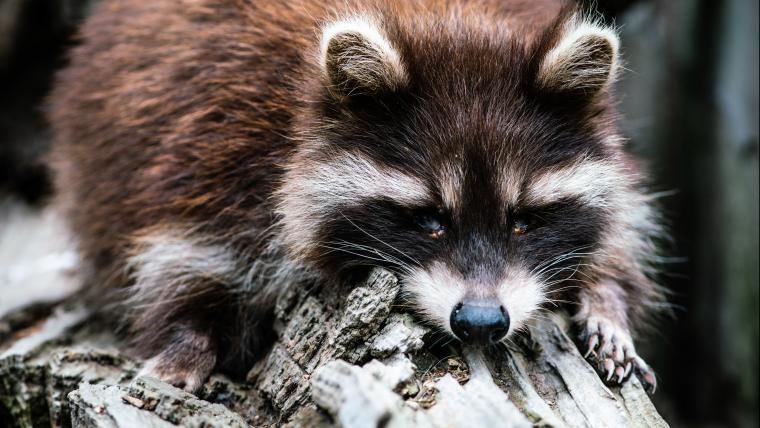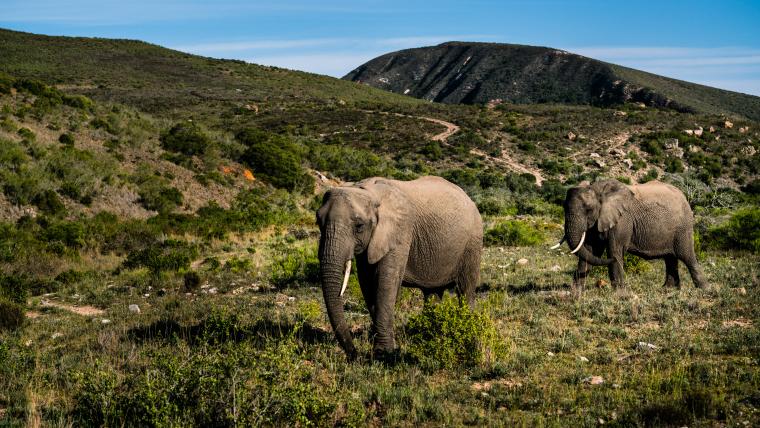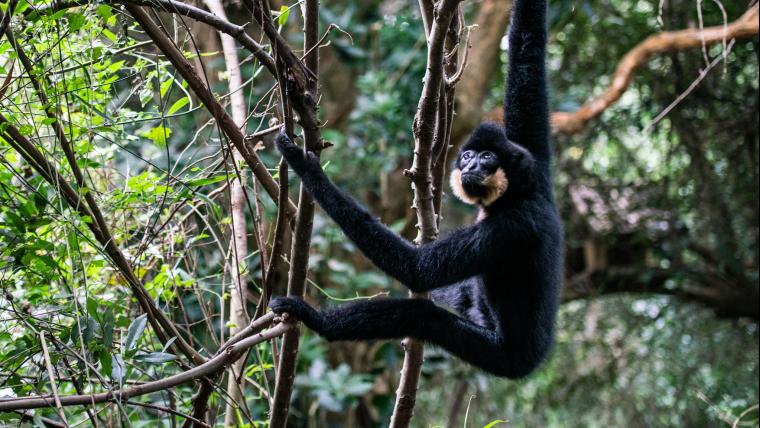
Unmasking a bandit’s innocent agenda
The bandit mask doesn’t do much for the raccoon’s notoriety. Intelligent and agile, these nocturnal animals scale buildings, sneak into homes, and tip over bins much larger than themselves. As a result, they’re regarded as pests in urban areas. But the creatures aren’t burglars – they’re just trying to get by.
In the wild, raccoons dine on smaller animals such as mice and frogs, but also nibble on fruit, vegetables, and nuts. Conservationists regard their diet as opportunistic rather than omnivorous. Their adaptability means they can survive in mountains, forests and wetlands. But now, raccoons have a new habitat to navigate. As a result of urbanisation, they’ve had to learn to scrounge for food from humans. They wet their hands before tucking in, a ritual which increases nerve stimulation and gives raccoons a better idea of what they’re eating in the dark.
Despite their clean habits, raccoons still have a dirty reputation. Consequently, people haven’t always handled them within reason. Trapping the creatures in cages and relocating them has led to their suffering and death. In foreign surroundings, raccoons have difficulty orienting themselves and fall vulnerable to new predators and other territorial animals. A more humane option is to seal off trash and food sources in homes, which reduces temptation for raccoons to enter. These deterrents are most relevant to North America, where the species originates.
In South Africa, a gaze of rescued raccoons has found respite at Jukani Wildlife Sanctuary. After being illegally kept as pets, they’re now free to feast in their own playground. Listed as a species of least concern, raccoon populations are on the increase. When we encounter them, our first reaction should always be to understand animal instinct.






























Please sign in to leave a comment